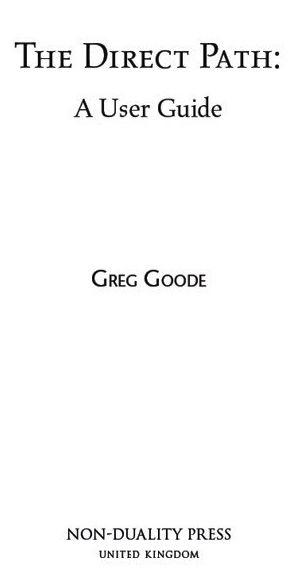
THE DIRECT PATH
First English edition published February 2012 by NON-DUALITY PRESS
Greg Goode 2012
Non-Duality Press 2012
Greg Goode has asserted his right under the Copyright, Designs and Patents Act, 1988, to be identified as author of this work.
All rights reserved
No part of this book may be reproduced or utilized in any form or by any means, electronic or mechanical, without prior permission in writing from the Publisher.
NON-DUALITY PRESS | PO Box 2228 | Salisbury | SP2 2GZ United Kingdom
Ebook ISBN: 978-1-908664-08-2
(Paperback edition ISBN: 978-1-908664-02-0)

www.non-dualitypress.org
Acknowledgments
I am indebted to Colin M. Turbayne (1916 2006), whose profound insights into non-objectivity constitute a powerful Western version of the Direct Path. He also demonstrated to me that inquiry can be a living thing. I would also like to thank Richard Rorty (1931 2007), anti-dualist and philosophical renegade, for his liberating presentation of irony.
Id like to thank Francis Lucille and Watkins Books for introducing me to the writings of Shri Atmananda (1883 1959). I have never met Shri Atmananda, but Francis and Watkins Books provided a living context for his teachings.
Last but not least, I wish to thank Dr. Tamara Vyshkina and Dr. Tomas Sander for their excellent editorial assistance. They nurtured the text with great care, which was guided by their linguistic skill and a deep familiarity with the Direct Path. Any errors or bloopers that remain are due to Greg.
Greg Goode
OVERVIEW
ANALYTICAL TABLE OF CONTENTS
EXPERIMENTS
| Hearing The Bell |
| Seeing The Orange |
| Smelling The Orange |
| Touching The Table |
| Touch And Roughness/Smoothness |
| Touch And Wetness/Dryness |
| Touch And Temperature |
| Touch And Hardness/Softness |
| Touch And Extension |
| Tasting The Orange |
| Seeing The Body |
| Touching The Body |
| Hearing, Smelling And Tasting The Body |
| Is The Body An Object That Senses? |
| Pain |
| Is Your Arm In A Certain Position? |
| Is Your Body Moving With The Chair? |
| Is Your Body Moving With The Car? |
| The Tent |
| Are You A Tent? |
| Does Awareness Arise From The Brain? |
| A Walk In The Park |
| Thinking About An Orange |
| A Purely Conceptual Thought |
| Remembering Breakfast |
| Finding The Difference Between Mental Objects |
| Fireworks |
| Finding The Subconscious |
| Finding The Choosing Function |
| Looking For The State Of An Active Mind |
| Looking For A Bad Mood |
| The Happiness Of Deep Sleep |
| Is Desire Built Into The Witness? |
| Does Awareness Have A Cause? |
| Does Awareness Cause Arisings? |
| Does An Arising Cause An Arising? |
| Is There A Pattern To Arisings? |
| Is There Time In Awareness? |
| Can You Find An Arising? |
| No Presence Or Absence To Arisings |
INTRODUCTION
This is a set of experiential tips and experiments for the Direct Path. What I mean by the Direct Path is the set of self-inquiry teachings attributed by Nitya Tripta to Shri Atmananda Krishna Menon and later elaborated upon by Jean Klein, John Levy, Alexander Smit, Philip Renard, Francis Lucille and Rupert Spira. This book can also be considered a user guide or missing manual to my own Standing as Awareness .
This book consists of a set of experiments, with explanatory text. The books purpose is to deeply investigate many different aspects of experience, including sensation, perception, bodily feeling and motion, waking and sleeping, emotion, attention, thought, rationality, and the sense of being a single, global, unlimited witness of all that arises. What we discover in every case is that there are actually no independent objects experienced at any time. There is never any separation or otherness, but simply love, openness, clarity, sweetness, awareness in short, your true nature itself. This approach is often called a tattvopadesha, a sequential, logically connected presentation of the teaching from beginning to end.
How To Use This Book
There are several ways to use this book, and you can mix and match as you please.
 You can read through from the beginning to the end, the same way you would read any other book on nonduality. You can include the experiments or skip them.
You can read through from the beginning to the end, the same way you would read any other book on nonduality. You can include the experiments or skip them.
 You can do a slow read. This is akin to the classic contemplative reading or lectio divina of the mystics. It is when you savor the flavor of the words and passages, immersing yourself in the sweetness, as awareness speaks to you. Here, too, you can include the experiments or skip them.
You can do a slow read. This is akin to the classic contemplative reading or lectio divina of the mystics. It is when you savor the flavor of the words and passages, immersing yourself in the sweetness, as awareness speaks to you. Here, too, you can include the experiments or skip them.
 You can focus on the experiments, starting at the beginning and working your way through. The experiments have been organized from the concrete to the abstract. They all represent identifiable barriers that come up for people as they do self-inquiry.
You can focus on the experiments, starting at the beginning and working your way through. The experiments have been organized from the concrete to the abstract. They all represent identifiable barriers that come up for people as they do self-inquiry.
 You can pick and choose the experiments. You would do this by using the Table of Contents and Index to find topics and issues you are interested in.
You can pick and choose the experiments. You would do this by using the Table of Contents and Index to find topics and issues you are interested in.
Disclaimer: This book is for educational purposes only and is not intended in any way to be a replacement or a substitute for qualified medical advice, diagnosis or treatment, or as a replacement or substitute for psychological advice, diagnosis or treatment, or therapy from a fully qualified and licensed person. If you think you are suffering from a medical or psychological condition, consult your doctor or other appropriately qualified professional person or service immediately. The author and publisher of this book are not responsible or liable for any action made by a user based on the content of this book. We are not liable for the contents of any external books or websites mentioned or listed, or for any actions made by a user based on the contents of these books or websites, nor do we necessarily endorse any product or service mentioned or advised on any of these books or websites. Any data or information is provided for informational purposes only, and is not intended for any other commercial or non-commercial purposes. We will not be liable for any errors of omission or commission in the content of this book, or for any actions taken in reliance thereon. By reading and using this book, you agree not to redistribute the material found therein, unless appropriate rights have been granted. We shall not be liable for any damages or costs of any type arising out of or in any way connected with your reading or use of this book. By reading and using this book, you fully agree to these terms.
Who Is This Book For?
This book is for anyone who encounters a sticking point in their inquiry. That topic may well be covered here. In fact, most of the topics were included because they have been questions raised in peoples inquiry. This book is also for anyone who:

Next page
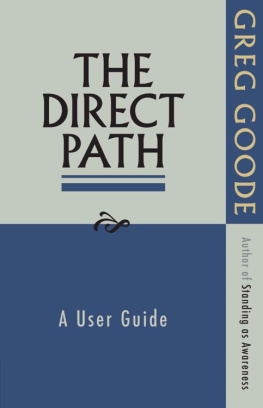
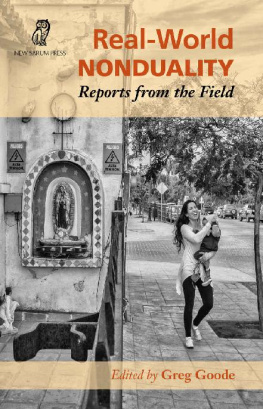
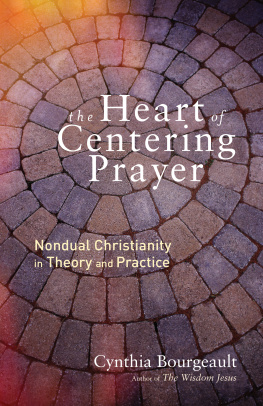
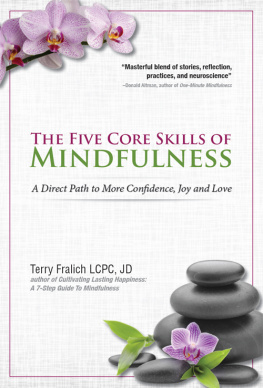
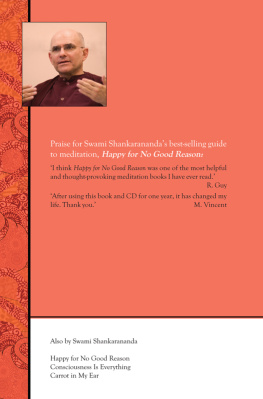
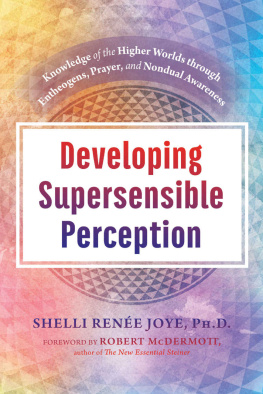
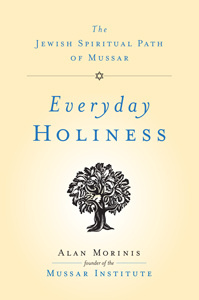
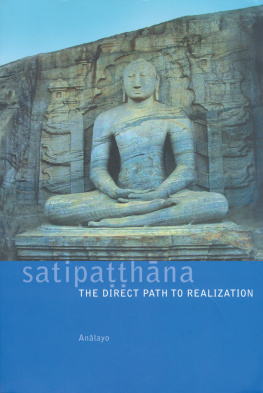

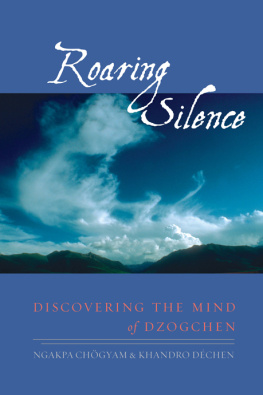
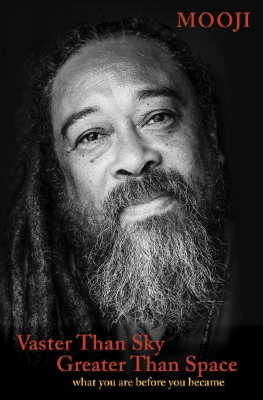
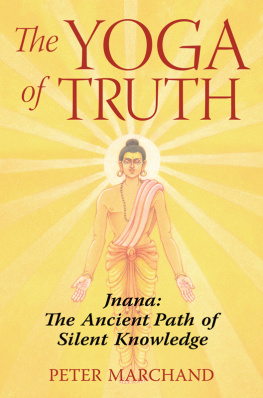


 You can read through from the beginning to the end, the same way you would read any other book on nonduality. You can include the experiments or skip them.
You can read through from the beginning to the end, the same way you would read any other book on nonduality. You can include the experiments or skip them.